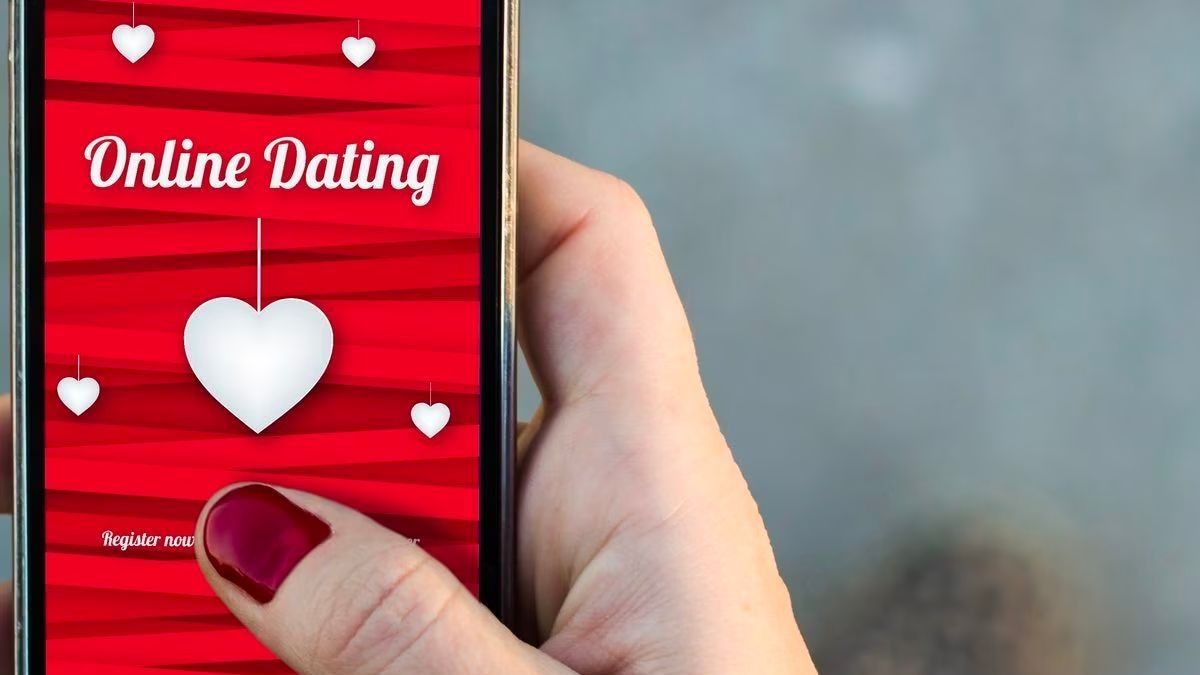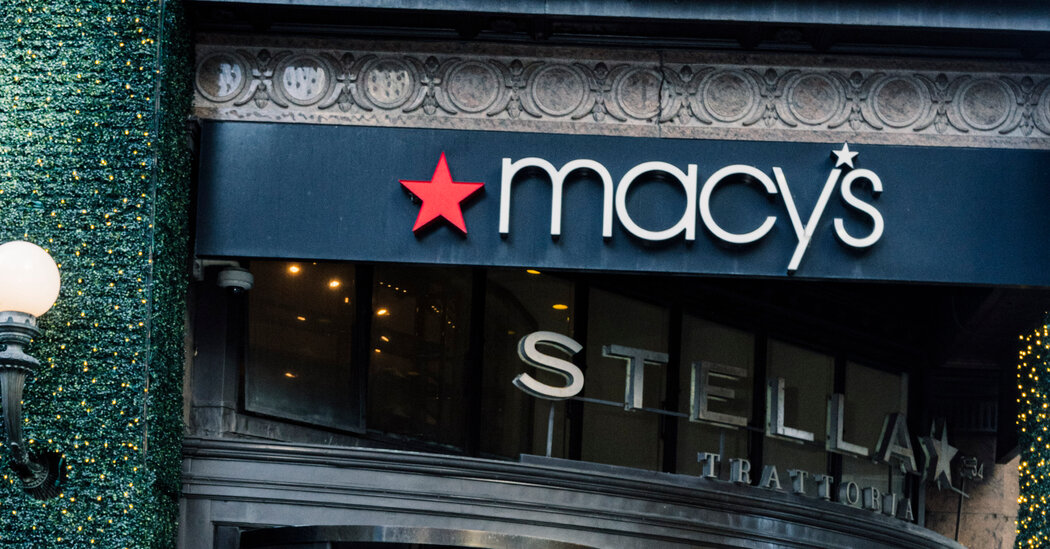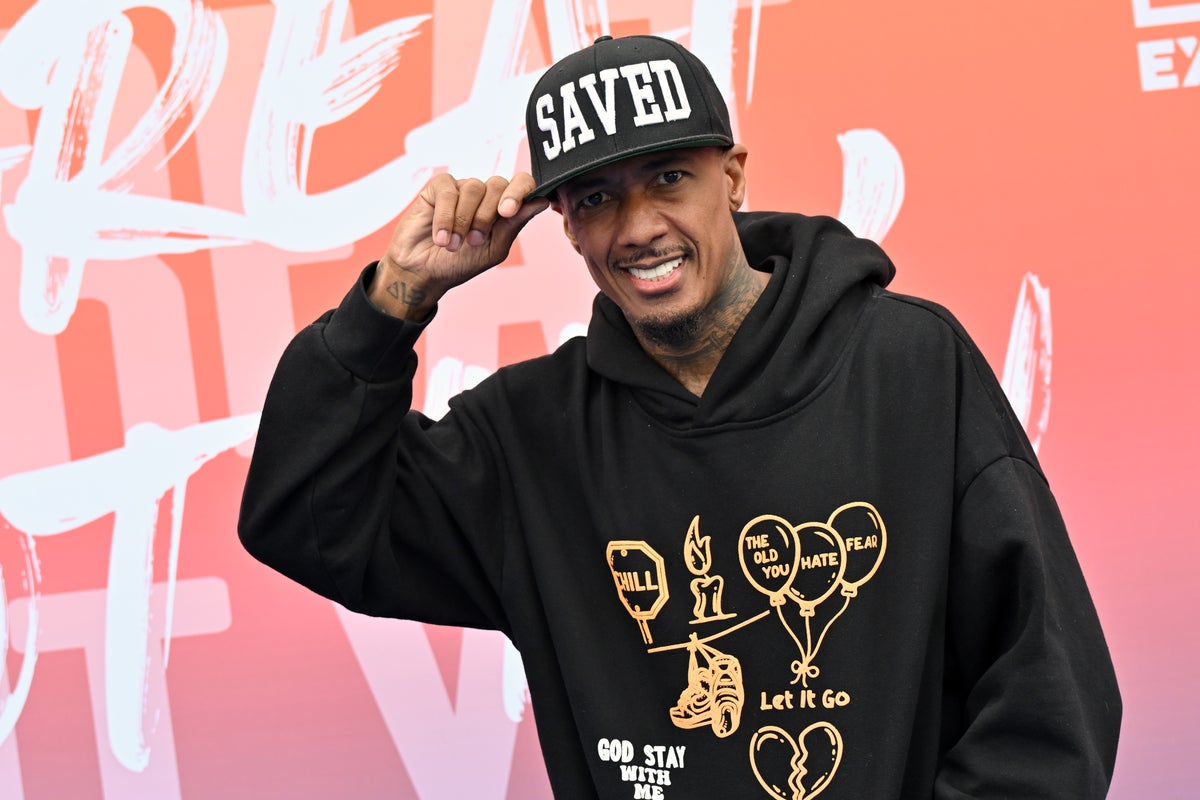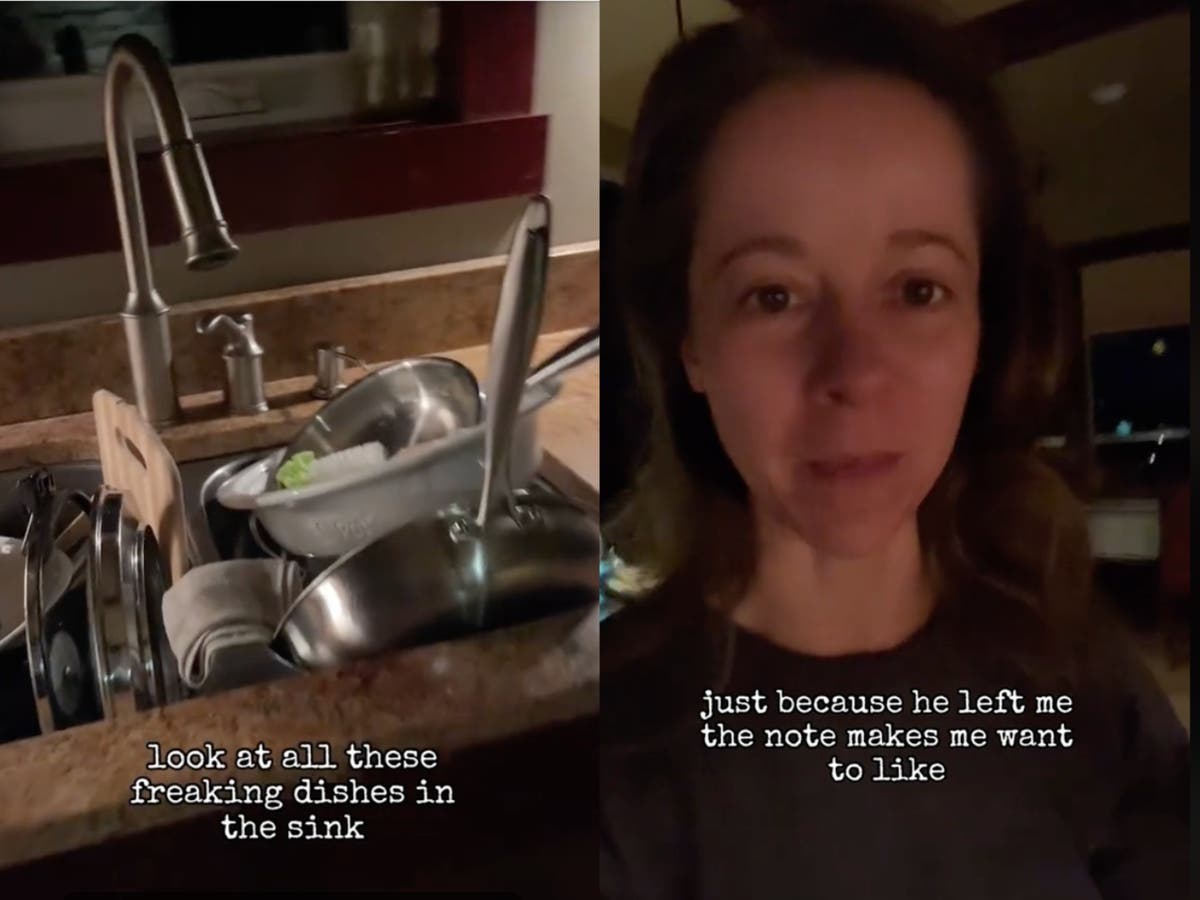Many marriage app users seek to extend the dating phase for months, causing uncertainty and eventual disinterest among the parties involved.
The merging of the dynamics of marriage and dating apps reflects the evolution of attitudes towards relationships and marriage in contemporary society.
In recent years, the panorama of marriage apps has undergone a significant change, increasingly resembling the dynamics of dating platforms. Once reserved for the serious pursuit of lifelong companionship, these apps now find themselves navigating the murky waters of casual dating and fleeting hookups. Here are some reasons why this transformation is occurring:
- The rise of “official dates”Matrimonial apps have become a permissible avenue for arranging dates where parental approval is guaranteed, blurring the lines between traditional courtship and modern dating culture.
- deceptive intentionsSome people exploit the appearance of matrimonial platforms to deceive and exploit others for physical or sexual gratification, only to dismiss them with the excuse of mismatched vibes.
- Lack of authenticityDespite the purported background check features, many matrimonial app users are not genuine, reflecting the deceptive practices often found on dating platforms.
- Pleasant excess of zealThe pressure to impress on matrimonial apps often leads to exaggerated efforts to please potential partners, creating a facade that may not accurately reflect the true self.
- Autonomous user managementMatrimonial app accounts are predominantly managed by the candidates themselves and not their parents, deviating from the traditional approach and diluting the original purpose of the app.
- Immaturity in communicationInexperienced candidates often have difficulty engaging in meaningful conversations about marriage, resulting in awkward encounters and failed connections.
- Prolonged dating phaseMany marriage app users seek to extend the dating phase for months, causing uncertainty and eventual disinterest among the parties involved.
- Divergent expectationsWhile some women advocate for parental involvement from the start, many men find it intrusive and choose to tune out, echoing the frivolous attitudes often found on dating platforms.
- Ephemeral conversationsLike their counterparts on dating apps, people on matrimonial platforms often engage in short-term interactions and only commit to meeting if a certain “vibe” is felt.
- Silent disconnectionInstead of communicating their disinterest, users can choose to unfollow or block potential matches without warning, perpetuating a culture of ghosting.
- Inappropriate advancesCases of unwanted personal inquiries or premature engagement requests are not uncommon, adding to the discomfort users experience when browsing matrimonial apps.
In conclusion, the fusion of marriage and dating app dynamics reflects the evolution of attitudes towards relationships and marriage in contemporary society. While these platforms continue to serve as tools for seeking companionship, their increasingly informal nature underscores the importance of vigilance and clear communication when navigating modern romance.












